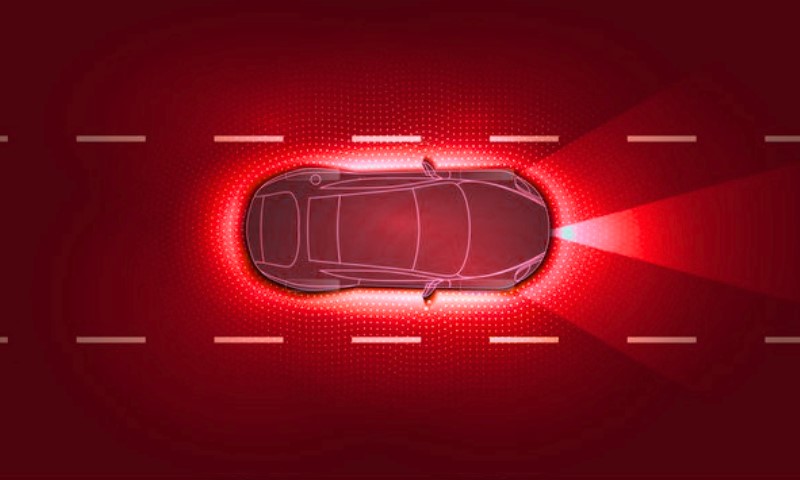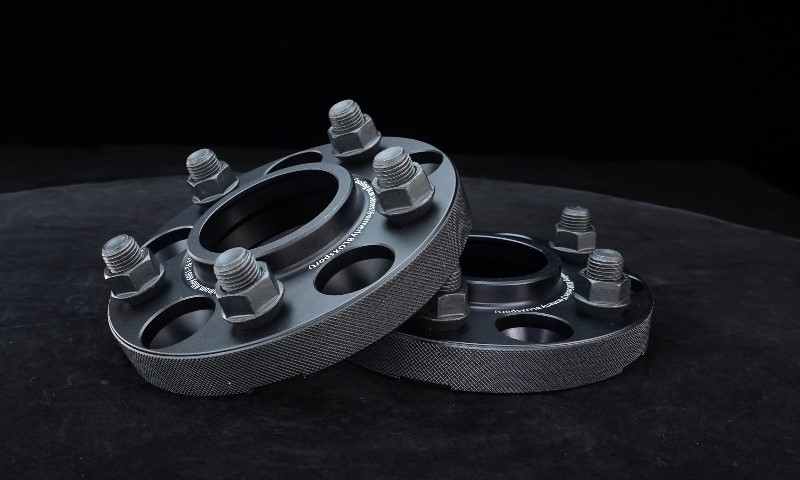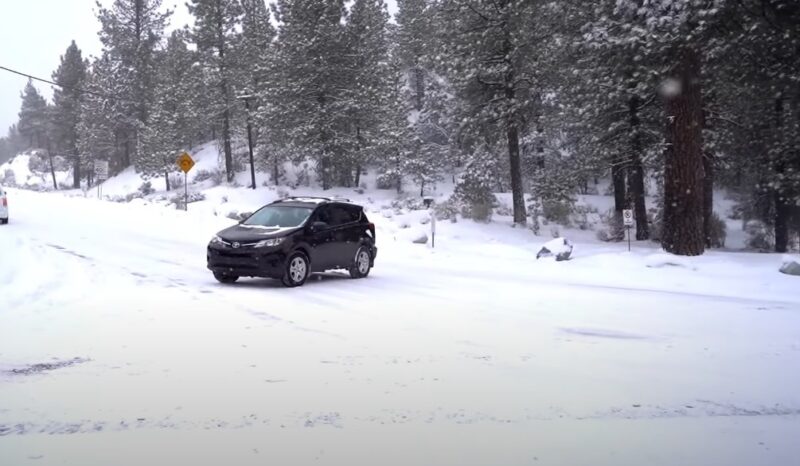
Share Post:
Skids often catch drivers off guard, leaving even seasoned people feeling uneasy. A sudden slide can make the heart pound, but there’s a proven way to handle it.
As someone who’s spent decades in a workshop, I’ve seen the aftermath of traction loss too many times to count. I want to share straightforward tips so you can stay safe on the road. Let’s get into it.
Table of Contents
ToggleImmediate Steps for Regaining Control
Panic usually makes everything worse. A firm, measured reaction will help restore stability. Rely on the following methods if a skid occurs:
1. Stay Composed
A trembling foot often slams the brakes, which contributes to the problem. Grip the wheel steadily and remind yourself to breathe.
2. Ease Off Pedals
Lift your foot from the accelerator and resist any urge to stomp on the brake. Sudden pedal inputs only intensify the slide.
3. Guide the Steering
For a rear-wheel skid, gently steer toward the path that aligns with the front of the car.
Many call it “steer into the skid,” but it’s really about pointing the tires where you want them to roll.
4. Avoid Overcorrection
Twisting the wheel abruptly from side to side can cause a pendulum effect.
Gradual, precise movements help the car reorient without swapping ends.
5. Wait for Grip to Return
Once tires start gripping again, make small adjustments as needed—possibly a light brake tap or gentle acceleration, if appropriate.
Causes Behind Traction Loss
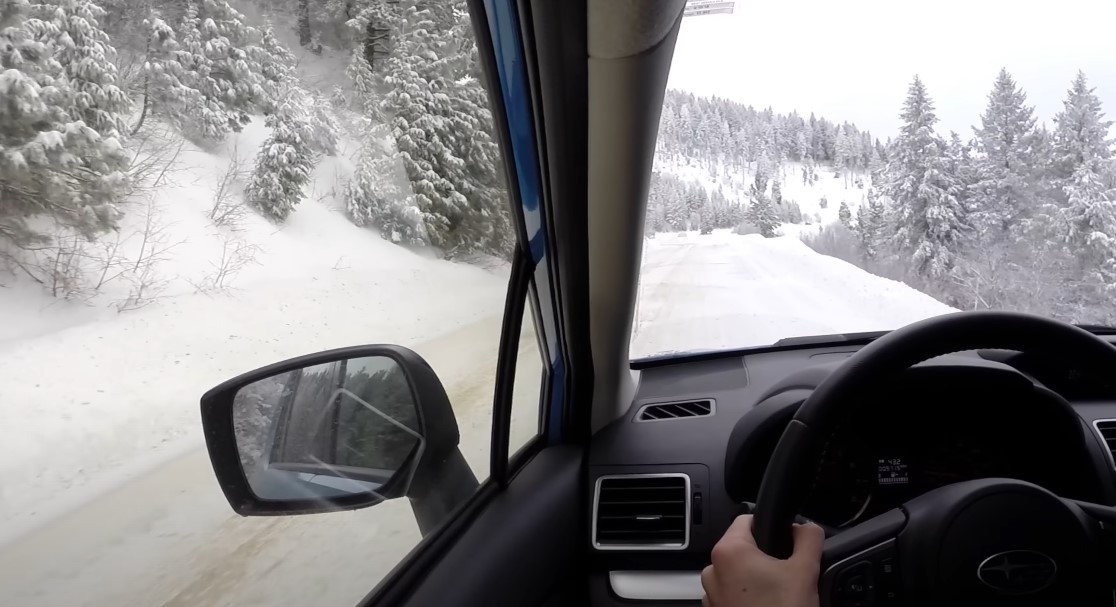
Staying in control starts with knowing why tires fail to grip.
Factors can range from minor oversights to weather events that push any car to its limits. A few common culprits include:
- Rapid Steering Input: Abrupt turning can disrupt the steady rotation of tires.
- Harsh Acceleration or Braking: Overly forceful pedal use on slick surfaces can provoke a slip.
- Compromised Road Conditions: Rain, ice, slush, or even oil on pavement reduces friction dramatically.
- Worn Tires: Shallow tread depth and improper pressure make it harder for rubber to maintain contact.
- Excessive Speed Around Bends: Momentum can overpower tire grip if a corner is taken too quickly.
When a skid leads to a collision, understanding legal options can be crucial.
Common Types of Skids
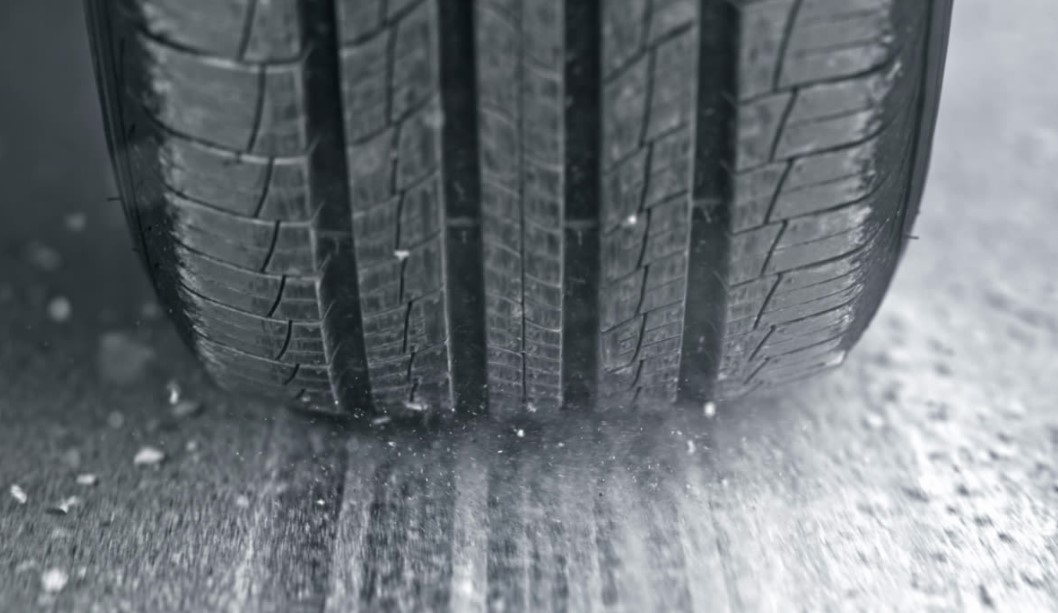
No two skids are exactly the same, but mechanics often categorize them. Each variety has its own distinct feel behind the wheel.
Front-Wheel (Understeer)
In many front-wheel-drive vehicles, the front tires bear a heavy load of work. When grip fades there, the car tends to keep moving straight, even if you turn the steering wheel.
Picture a situation where a driver aims to round a curve on a wet road, only to feel the vehicle push forward instead of following the intended arc. It can be unsettling, yet the right response can minimize the scare.
Rear-Wheel (Oversteer)
Rear-wheel skids often crop up in cars with a strong rear-wheel bias or higher horsepower. The tail swings out, and a sideways drift may begin.
That movement feels dramatic, but a calm approach and slight steering correction can prevent a spin.
Four-Wheel Slide
Certain circumstances lead all tires to lose traction at once. Heavy braking or extremely slick roadways can cause the vehicle to glide in a straight line, ignoring steering inputs.
Regaining stability in that scenario calls for patience and a gentle touch on the controls.
Methods to Prevent a Skid Before It Happens
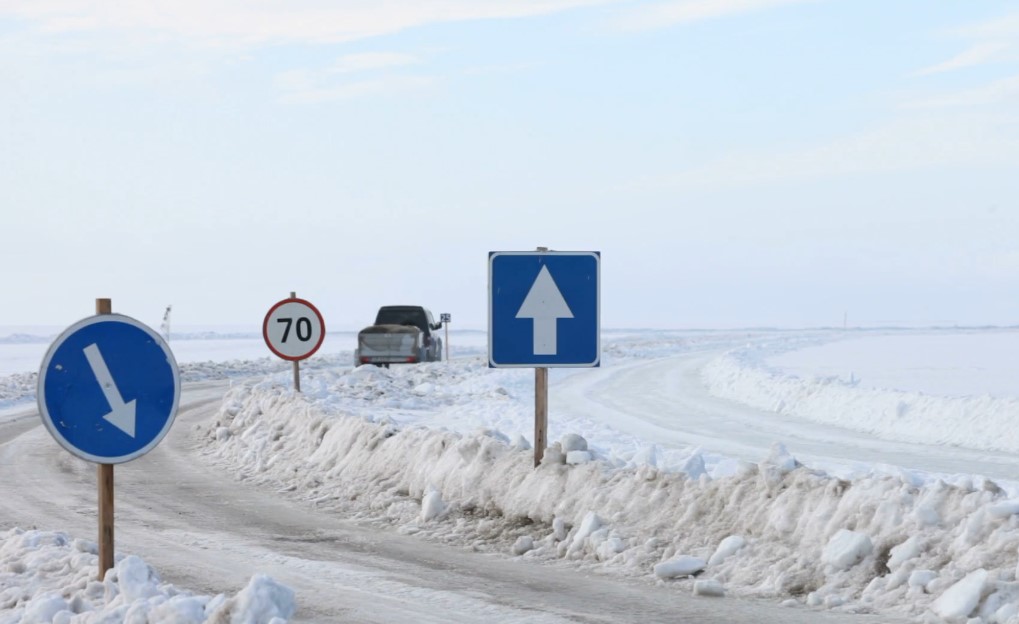
A bit of planning can save a world of trouble. Mechanics often see accidents that could have been avoided with careful driving and regular checks. Awareness and consistent upkeep go a long way.
- Monitor Tire Health: Adequate tread depth and correct pressure keep tires firmly planted on the road. Rotate tires as recommended to ensure even wear.
- Slow Down in Hazardous Conditions: Rain-soaked or icy roads demand reduced speed. Increase your distance from the next vehicle because stopping takes longer when traction is poor.
- Stay Smooth: Rapid steering and sudden pedal changes make it easier to lose grip. Smooth, deliberate inputs help maintain traction.
- Check Alignment and Suspension: A car that tracks straight is less prone to erratic slides. Alignment issues or worn suspension parts can reduce contact with the pavement.
- Know Your Vehicle’s Features: Systems like ABS, Traction Control, and Electronic Stability Control offer crucial backup when friction fades. It’s wise to consult the owner’s manual for a clearer picture of their behavior.
Modern Driving Aids
Technologies in newer vehicles can greatly reduce the chance of a skid or at least lessen its severity. From a mechanic’s perspective, certain systems have saved countless collisions, though they’re not foolproof.
Anti-Lock Braking System (ABS)
ABS modulates brake pressure during a forceful stop, helping wheels avoid a total lockup. Drivers maintain steering control, which allows evasive maneuvers if needed.
Some still pump the brakes out of old habit, but a firm, steady press is generally best when ABS is active.
Electronic Stability Control (ESC)
ESC employs sensors to track lateral motion or yaw. If the car veers off its intended path, the system applies pinpoint braking to specific wheels and may reduce engine power.
Many don’t realize ESC is intervening; they simply notice a more secure feel when cornering on slick surfaces.
Traction Control System (TCS)
TCS kicks in if tires spin during acceleration, trimming engine output or selectively braking wheels to regain traction. Snowy driveways and muddy roads become far less daunting when TCS operates correctly.
Practical Exercises to Build Confidence

Practical exposure can help drivers approach skids with greater poise. Organized programs or local driving schools sometimes offer controlled simulations of slippery conditions. That can polish reflexes and reduce anxiety.
Empty Parking Lots
In some areas, a wide-open space is available during poor weather. Driving slowly and deliberately on a wet or icy surface can help you sense how the car reacts. If possible, go with a qualified instructor.
Track Days
Many performance driving schools allow ordinary drivers to practice handling maneuvers on a closed circuit. Expert trainers demonstrate methods to counter oversteer or understeer. Gaining awareness of your car’s responses can be invaluable, even in everyday traffic.
Defensive Driving Courses
Various programs teach hazard anticipation and crash avoidance. Graduates often report feeling more prepared and confident, especially when dealing with tricky road situations.
Final Words
Regaining control from a skid doesn’t require heroics. A level head, a few basic techniques, and a well-maintained vehicle form the core of safer driving. While modern technology offers a valuable safety net, it can’t replace sound judgent or steady maintenance habits.
A slip may spark alarm, but thorough preparation and measured actions can turn panic into a fleeting challenge rather than a major catastrophe. Stay alert, keep the vehicle in good shape, and remember that a smooth grip on the wheel often leads to a smoother journey overall.
Related Posts:
- How to Fix Chassis Control System Errors in Nissan Rogue
- Is It Bad to Leave the AC on in Your Car When You…
- What Causes the Rotten Egg Smell in Your Car?
- White Smoke Coming from Your Car's Exhaust? Causes…
- 10 Reasons Your Car Overheats When Sitting Idle (And…
- Motorsport in the US - How to Find Your First Race…





